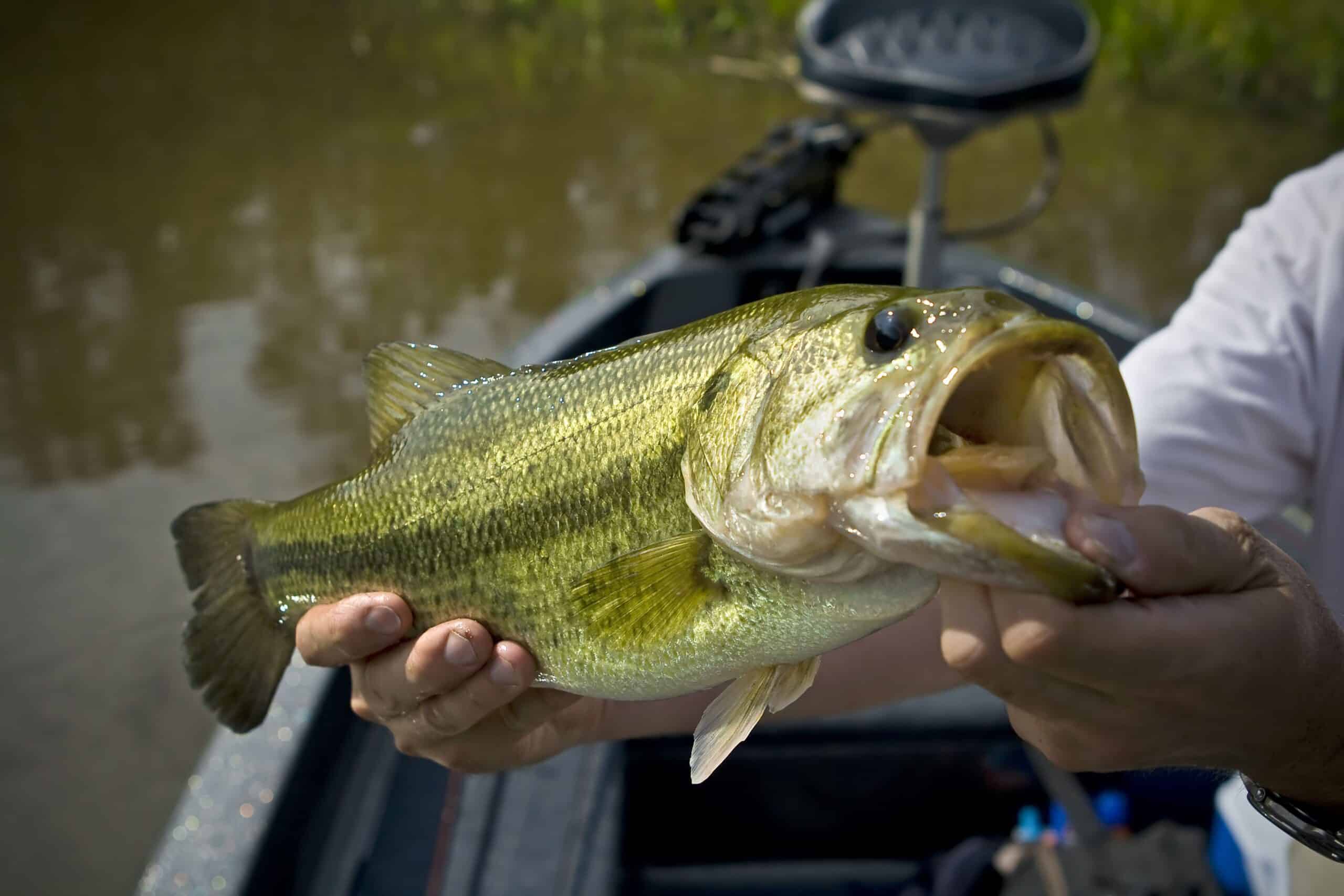On December 18th, the Senate passed the Water Resources Development Act of 2024 (WRDA), sending the biennial package to the President’s desk for signature. While the bipartisan bill primarily authorizes water projects and infrastructure under the Army Corps of Engineers, WRDA contains several significant recreational fishing priorities.
Army Corp Fee Retention: WRDA Sections 1153 and 1154 incorporate language from the LAKES Act, granting the Corps expanded authorities to enter into joint management agreements to improve recreational services provided at facilities. These sections additionally offer options for fee retention, which will bolster the long-term maintenance of recreational infrastructure like boat ramps, docks, piers, and parking lots. We will be advocating for a more comprehensive approach to addressing fee retention on Corps properties during the next WRDA reauthorization.
Invasive Species Control: WRDA also contains crucial provisions to improve the control and prevention of aquatic invasive species (AIS). Section 1303 extends the authorization of pilot prevention program to prevent the spread of invasive Asian Carp through the Tennessee and Cumberland River Basins. Other sections support Corps efforts to prevent the introduction of AIS in alpine lakes, and to evaluate the efficacy and shortcomings of existing Corps programs to control AIS. Through revised cost-sharing, WRDA additionally supports states’ efforts to construct the Brandon Road Interbasin Project in Illinois, which would install barrier systems to prevent the spread of invasive Asian Carp from the Mississippi River Basin to the Great Lakes.
Recreational Access Information: Section 1121 directs the Corps to update publicly available databases with information on recreational opportunities available at its sites, including whether sites are open or closed. This section, similar to provisions in the MAPWaters Act and MAPOceans Act, will enhance digital accessibility of Corps recreational information, and could support future interagency data standardization efforts.
In August, ASA led a letter with fishing and boating industry partners to encourage incorporation of these priorities following the House and Senate’s conference committee, which resolved differences between each chamber’s bill. ASA and partners thanked Congressional leaders for incorporating these sections earlier this month.
ASA also supported other priorities in the package, including:
- Increasing authorizations for the Upper Mississippi River Restoration Program, supporting increased fish habitat restoration from Minnesota to Missouri.
- Developing an inventory of low-head dams, including information for public safety.
- Creation of an abandoned mine drainage remediation program in Ohio, Pennsylvania, West Virginia.
- Extending the Corps’ harmful algal bloom demonstration program extended to new waters and increasing funding.
ASA thanks Senators Tom Carper and Shelley Moore Capito, as well as Representatives Sam Graves and Rick Larsen, for their leadership in constructing and conferencing this package. Provisions in WRDA 2024 build on past victories to keep waters accessible and fisheries healthy, and ASA and our partners will continue to advocate for investment in recreational facilities, AIS prevention, and enhanced access in future WRDA packages.
Share This Article, Choose Your Platform:
Recent Posts



